A reforestation project could bring life, water and biodiversity back to Brazil's rainforest.
Ecological restoration efforts
Brazil is one of the most biodiverse countries on the planet. However, the satellite monitoring system of the DETER monitoring program of the Brazilian National Space Agency recorded 500 square kilometers of deforestation in the Amazon in Brazil in July. That is the lowest figure in the past 5 years and down more than 66% from the 1,478 square kilometers recorded in July 2022. The destruction of the Amazon rainforest has emitted a lot of carbon dioxide - more than the Earth can absorb and will negatively affect global warming trends.

Brazilian President Luiz Inacio Lula da Silva and Environment Minister Marina Silva pledged to fight Amazon deforestation (Photo: Financial Times)
Since Lula da Silva took office in early 2023, the Brazilian government has taken steps to crack down on land grabbers and illegal logging, demarcating more land to indigenous people and creating more protected areas. The Brazilian government will allocate 2 billion reais (about $410 million) to beef up security in the Amazon region to combat environmental crime, drug and arms trafficking.
At around 400 million hectares, Brazil's Amazon rainforest offers the world's largest reforestation opportunity. More than 54 million hectares of the forest's biome is grassland, suitable for growing trees.
The government has revived the Amazon Fund and continues to lobby world leaders to contribute to the effort to save the forest. The fund has received significant support from the UK, France and Germany.
Mombak, a reforestation startup, is overseeing a project to plant 3 million trees across 7,000 acres in the Brazilian state of Pará. It is one of the largest reforestation projects in the Amazon biome. Mombak makes money by selling carbon credits from the forests it plants.
Mombak will expand the reforestation project to 50,000 hectares with the goal of removing 1 million tons of carbon from the atmosphere each year by 2030. “Reforesting tropical forests can make an important contribution to global emissions reduction efforts. Meanwhile, the Brazilian Amazon is the largest tropical forest on the planet,” said José Scheinkman, professor of economics at Columbia University (USA) and a member of the Amazon 2030 project, a Brazilian initiative to develop sustainable tropical forests.
And according to other scientists, reforestation of tropical and temperate forests could help remove up to 113 billion tons of carbon from the atmosphere between now and 2050. Pedro Brancalion, a forest expert at the University of São Paulo (Brazil), said that reforestation and protection can bring many benefits globally, regionally and locally. For example, it will help mitigate climate change, protect the water-bearing air currents called “flying rivers” that carry water from the Amazon across Latin America, supporting agricultural and industrial production. At the local level, reforestation and protection activities create jobs and generate income from carbon credits and forest products.
Climate finance model
The long-term Project Finance (PFP) model is effective in conserving biodiversity in the context of climate change in Brazil. The PFP project, called the Amazon Reserves for Life Program (ARPA for Life), was launched in 2014 to finance the Amazon Protected Areas program. The program covers 62 million hectares of the Amazon, an area larger than France. Established in partnership with the World Wildlife Fund (WWF) and other organizations, the program is the world's largest initiative for rainforest conservation.

The Amazon rainforest in Brazil is being protected more effectively (Photo: Financial Times)
The PFP model has provided $215 million to ensure the long-term protection of protected areas covered by ARPA. This agreement is the backbone of conservation activities nationwide. ARPA has achieved many significant achievements in recent years, such as:
ARPA created 57 million acres of protected areas in its first eight years and continues to support improved management of millions more. ARPA protected areas now total 154 million acres, nearly 1.5 times the size of California, exceeding the program's original goal.
Significant reductions in deforestation and associated carbon emissions: Between 2008 and 2020, ARPA-supported protected areas reduced deforestation by approximately 650,000 acres. This represents an estimated reduction of 104 million metric tons of CO2 emissions—equivalent to the total emissions of the U.S. domestic aviation industry in 2020, or approximately 17% of global domestic aviation emissions.
Preserving Amazon Biodiversity: Protected areas are globally recognized as one of the most effective strategies for conserving biodiversity. By reducing threats like deforestation across millions of acres of forest, ARPA has protected precious diversity in the Amazon.
Khoi Nguyen


![[Photo] National Assembly Chairman Tran Thanh Man attends the VinFuture 2025 Award Ceremony](/_next/image?url=https%3A%2F%2Fvphoto.vietnam.vn%2Fthumb%2F1200x675%2Fvietnam%2Fresource%2FIMAGE%2F2025%2F12%2F05%2F1764951162416_2628509768338816493-6995-jpg.webp&w=3840&q=75)




![[Photo] 60th Anniversary of the Founding of the Vietnam Association of Photographic Artists](/_next/image?url=https%3A%2F%2Fvphoto.vietnam.vn%2Fthumb%2F1200x675%2Fvietnam%2Fresource%2FIMAGE%2F2025%2F12%2F05%2F1764935864512_a1-bnd-0841-9740-jpg.webp&w=3840&q=75)

























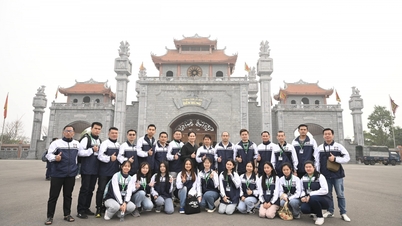


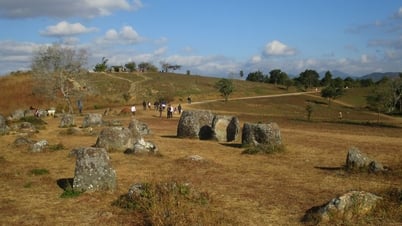







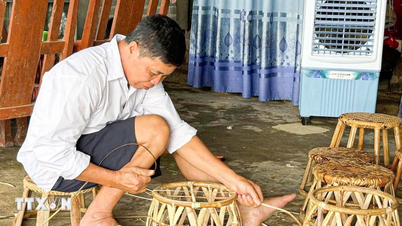











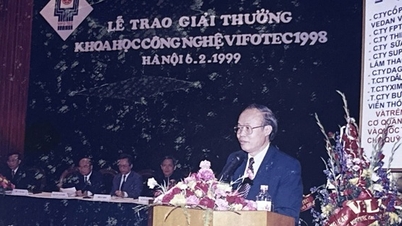


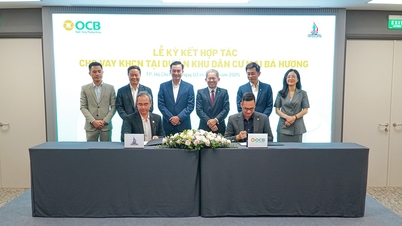





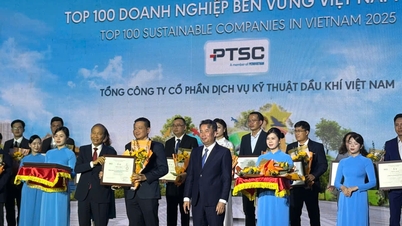











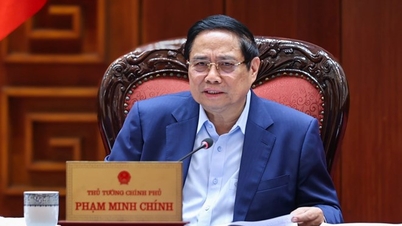
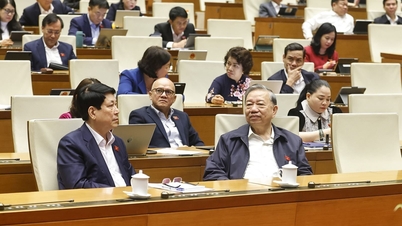
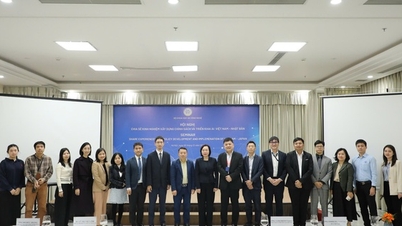


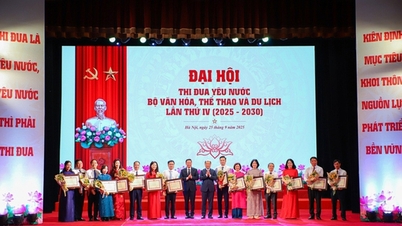

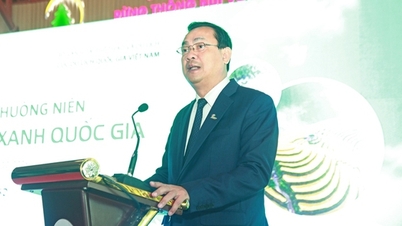
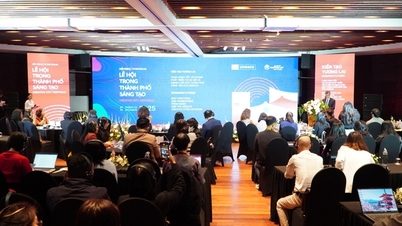
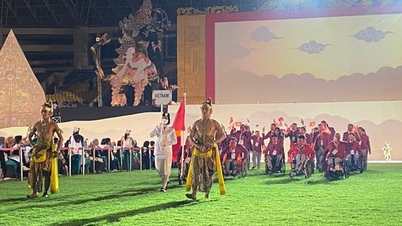




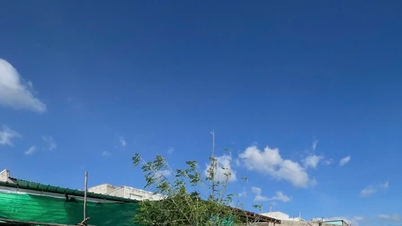
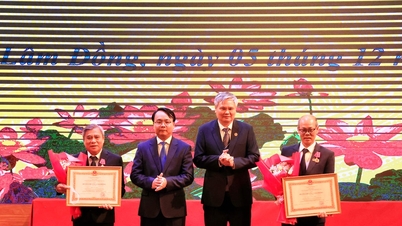
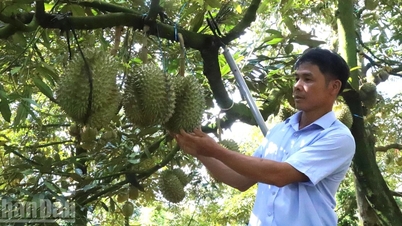


















Comment (0)